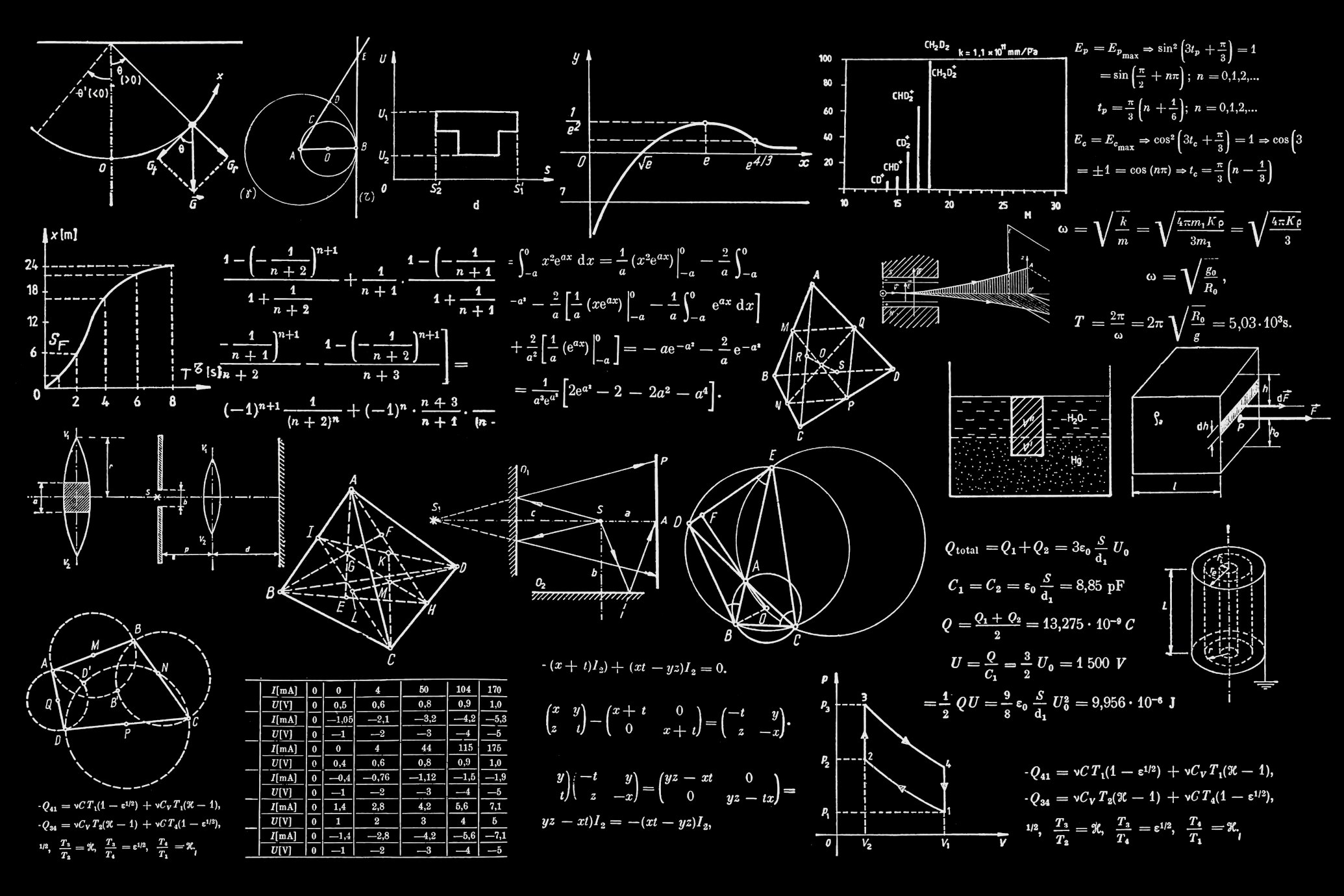The Invisible Dance: How Structure, Reactivity, and Dynamics Govern Our Chemical World
Witnessing the atomic ballet in real time and predicting outcomes with computer precision
Introduction: The Chemical Triad
Imagine being able to watch the intricate dance of atoms and electrons as they break old bonds and forge new ones—a process that unfolds in mere femtoseconds, a millionth of a billionth of a second. This is not science fiction but the cutting edge of chemistry today.
Molecular structure determines how atoms are arranged in space; reactivity describes a substance's tendency to undergo chemical change; and reaction dynamics capture the actual motion of atoms and electrons during that transformation.
Molecular Structure
The 3D arrangement of atoms in a molecule
Chemical Reactivity
Tendency to undergo chemical transformation
Reaction Dynamics
Atomic and electronic motions during reactions
For centuries, chemists could only infer these relationships indirectly. Now, revolutionary technologies are pulling back the curtain, allowing us to witness the atomic ballet in real time and predict outcomes with computer precision 1 7 . This newfound understanding is accelerating the design of smarter materials, more efficient catalysts, and sustainable energy solutions that respond to our planet's most pressing challenges.
The Fundamental Concepts: A Chemical Language
To appreciate recent breakthroughs, we must first understand the core concepts themselves. Molecular structure is the three-dimensional arrangement of atoms in a molecule. Think of it as the architectural blueprint of a chemical compound. Just as the shape of a key determines which lock it can open, the structure of a molecule dictates what other molecules it can interact with and how.
Molecular Structure Visualization

Chemical reactivity then describes how readily a substance undergoes a chemical transformation. Some compounds are notoriously stable—like the noble gases—while others are highly reactive, eagerly participating in chemical reactions. This reactivity is governed by the arrangement and energy of a molecule's outermost, or valence electrons—the subatomic particles that form chemical bonds 7 .
It's not enough to know the starting structure and final products; understanding the pathway taken is crucial. A reaction might proceed through multiple possible routes, much like a commuter choosing between different paths to work, with some pathways being faster or more efficient than others. These dynamics occur on astonishingly short timescales of femtoseconds (10â»Â¹âµ seconds) to picoseconds (10â»Â¹Â² seconds)—so fast that in one second, there are more femtoseconds than there have been seconds in the entire history of the universe 1 .
These three elements form an interconnected framework: structure influences reactivity, which manifests through dynamics, and the dynamics in turn can lead to new structures. Breaking this cycle and understanding each component individually has been one of chemistry's grand challenges.
The Computational Revolution: Simulating Chemistry
Before we can examine the spectacular experiment that captured electron motion in real time, we must acknowledge the silent partner in this discovery: computational chemistry. When direct observation was impossible, scientists turned to computer simulations to model chemical behavior, creating a virtual laboratory where theories could be tested.
Multi-scale Modeling
One major challenge has been simulating large molecular systems accurately. Traditional methods that provide high accuracy for small molecules become computationally prohibitive for complex systems like proteins or nanomaterials. To address this, scientists developed multi-scale modeling approaches like the ONIOM method, which applies different levels of theory to different parts of a molecule 1 .
Reactive Force Fields
More recently, scientists have developed innovative force fields like IFF-R (Reactive INTERFACE Force Field), which replaces traditional harmonic bonds with Morse potentials to enable realistic bond breaking in simulations 5 . This approach is about 30 times faster than previous reactive simulation methods, making it possible to study failure mechanisms in polymers, proteins, and composite materials—all while maintaining the accuracy of established force fields 5 .
| Method | Key Feature | Application Example |
|---|---|---|
| ONIOM | Multi-layer approach applying different accuracy levels to different molecular regions | Studying enzymatic reactions by modeling the active site with high accuracy and the protein environment with lower accuracy 1 |
| DFTB/MD | Combines density functional tight-binding with molecular dynamics for faster quantum simulations | Simulating fullerene formation from carbon fragments or carbon nanotube growth from metal clusters 1 |
| IFF-R | Uses Morse potentials instead of harmonic bonds to enable bond breaking | Simulating bond dissociation and material failure in polymers, proteins, and composites 5 |
| ReaxFF | Reactive force field using bond order concept to describe bond strength | Modeling complex chemical reactions in various environments 5 |
These methods have revealed fascinating chemical processes. For instance, simulations of carbon nanotube growth from metal clusters show atoms spontaneously organizing into intricate structures, while studies of enzyme catalysis demonstrate how protein environments can alter reaction pathways 1 . Such insights would be nearly impossible to obtain through experiment alone.
A Groundbreaking Experiment: Watching Electrons in Motion
In 2025, a team of researchers at SLAC National Accelerator Laboratory achieved what was once considered impossible: they directly observed the rearrangement of valence electrons during a chemical reaction 7 . This breakthrough, led by Ian Gabalski, provided unprecedented insight into how electron dynamics shape chemical outcomes.

The experiment focused on a simple but important molecule: ammonia (NH₃). Ammonia naturally adopts a pyramidal structure, with the nitrogen atom at the peak and three hydrogen atoms forming the base. When excited by ultraviolet laser light, the molecule flattens into a planar geometry, enabling one of the hydrogen atoms to detach in a process called hydrogen dissociation.
Methodology: The Pump-Probe Approach
The researchers employed a sophisticated pump-probe technique using SLAC's Linac Coherent Light Source (LCLS), an X-ray free-electron laser that produces incredibly short, high-energy pulses.
| Reaction Feature | Observation | Significance |
|---|---|---|
| Timescale | Electron rearrangement observed over hundreds of femtoseconds | Confirms that electron dynamics occur on measurable timescales 7 |
| Reaction Pathways | Two distinct pathways with different electron density patterns | Demonstrates that electron motion directly influences reaction outcomes 7 |
| Hydrogen Detachment | Successful tracking of hydrogen atom carrying its electron away | Validates theoretical predictions about bond-breaking mechanisms 7 |
| Probe Technique | 30-femtosecond X-ray pulses from free-electron laser | Establishes ultrafast X-ray scattering as a powerful tool for studying electron dynamics 7 |
Results and Analysis: Two Roads Diverged
The experimental results revealed a remarkable finding: the hydrogen atom could detach through two distinct pathways, each with its own characteristic electron density signature that persisted for more than 200 femtoseconds 7 .
Electron Density Pathways Visualization
Symmetrical Pathway
Electron density showed symmetrical distribution as hydrogen began to separate
Asymmetrical Pathway
Electron density was asymmetrical, concentrated more on one side
These different electronic arrangements directly influenced the reaction outcome, demonstrating that electron dynamics—not just nuclear motion—determine which products form.
The implications of this experiment are profound. For decades, chemists had theoretically predicted that electron behavior dictates chemical reactivity, but direct evidence remained elusive. This study provided the first clear visualization of valence electron rearrangement throughout a reaction, confirming theoretical models and opening new possibilities for controlling chemical reactions by targeting electron behavior.
The Scientist's Toolkit: Essential Research Reagents and Materials
Modern chemical research relies on sophisticated tools and materials that enable the study of structure, reactivity, and dynamics. The following table highlights key reagents and solutions used in the featured experiment and related studies:
| Reagent/Material | Function in Research | Example Application |
|---|---|---|
| X-ray Free-Electron Laser | Generates ultrashort, high-energy X-ray pulses for probing electron density | Linac Coherent Light Source (LCLS) used in ammonia experiment to track electron motion 7 |
| Ultrafast Optical Lasers | Initiates chemical reactions with precise timing | UV laser pulses used to excite ammonia molecules, starting the dissociation process 7 |
| Organometallic Precursors | Provides metal atoms for cluster formation in controlled manner | Cuâ‚…Meâ‚… and Znâ‚‚Cp*â‚‚ used to generate "living libraries" of mixed-metal clusters 6 |
| Isotopically Labeled Compounds | Enables tracking of specific atoms in complex mixtures | â¶â¸Znâ‚‚Cp*â‚‚ and Cp*Et used to assign formulas in cluster libraries via mass spectrometry 6 |
| Morse Potential Parameters | Enables realistic simulation of bond breaking in molecular dynamics | Dᵢⱼ, rₒ,ᵢⱼ, and αᵢⱼ parameters used in IFF-R force field to describe bond dissociation 5 |
| Living Library Clusters | Dynamic mixtures of metal clusters for reactivity studies | [Cuâ‚Zn_b](R)â‚– clusters used to identify reactive species for COâ‚‚ reduction and alkyne semi-hydrogenation 6 |
Conclusion: The Future of Chemical Understanding
The ability to directly observe electron motion during chemical reactions marks a paradigm shift in chemistry. For the first time, we can validate theoretical models with direct experimental evidence, moving from inference to observation. The complementary advances in computational methods—from multi-scale modeling to reactive force fields—provide powerful tools for predicting and interpreting these observations.
Attosecond Resolution
As experimental techniques push toward attosecond temporal resolution (thousandths of a femtosecond), we will capture even faster processes, including the correlated motion of electrons 7 .
Atomic Precision
Computational approaches will continue bridging scales from the quantum mechanical to the macroscopic, enabling the design of catalysts and materials with atomic precision.

These advances could not be more timely. As we face global challenges in energy sustainability, materials production, and environmental protection, understanding the fundamental principles of structure, reactivity, and dynamics becomes increasingly crucial. The invisible dance of atoms and electrons, once mysterious and theoretical, is now becoming visible—and with this vision comes the power to create a better, more sustainable chemical future.